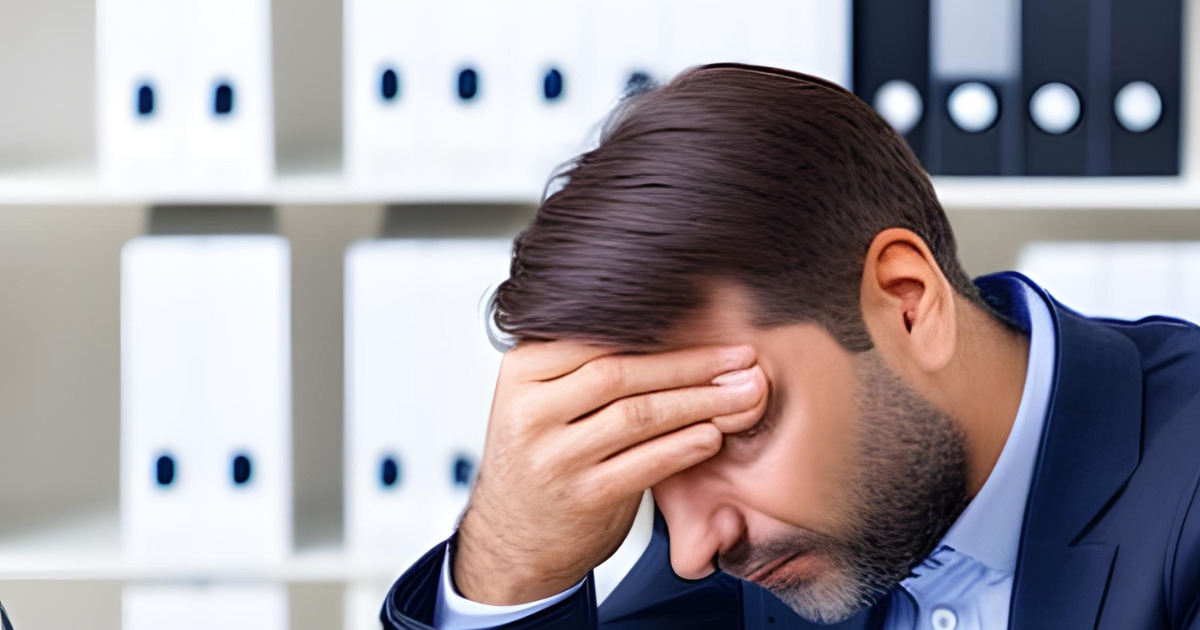How do you deal with migraines?
It seems that many people suffer from headaches, and coping can be difficult. I have been contending with migraines since childhood. They have significantly impacted my studies and activities, but the pain appears to have evolved gradually over time. In this piece, I aim to contemplate the pain, its underlying causes, and strategies for managing it in the future.
Describing the pain.
Do you have a very painful pain behind your eyes? The pain starts out minor and gradually increases. At its peak, it is so strong that it makes it difficult to sleep and causes nausea. If left untreated, it can last for a few days. If you give yourself a light massage of the head and neck, stretch, or take a bath to warm yourself up, the pain seems to lessen. But basically, I have to take migraine medication to get rid of it.
It makes me sad that this will continue for the rest of my life. What causes it and what can I do about it?
Possible Causes
The following causes should be considered:
- Working at a computer for an extended period.
- Looking at a smartphone screen for a prolonged period of time.
- It was a particularly hot day.
- Consumed alcohol.
- Experienced a stressful event.
- It was either before or after a typhoon occurred.
What are the causes?
What are the causes? Each of these can cause a headache even if only one of them applies. 1. and 2. in particular, can cause significant pain behind the eyes. Is eye fatigue or light attributing to the pain?
In the case of 3. and 4., is it due to dehydration?
As for 5., is it because ‘illness starts with the mind’?
6. may also be related to atmospheric pressure.
Let’s read the expert’s opinion.

There are apparently three types of migraine treatment.
1.Acute treatment: This aims to relieve the headache as quickly as possible when a headache occurs. Medications used include sumatriptan and other triptans.
2.Treatment for relatively mild attacks: Non-steroidal anti-inflammatory drugs (NSAIDs) such as aspirin or acetaminophen are used.
3.Preventive therapy: Another approach is to take medication every day, even on days when there is no headache, to reduce the likelihood of headache and to minimize their severity when they do occur. Medications used for this purpose include lomerizine hydrochloride and valproic acid.
Excessive use of medicines for the treatment of 1. headaches can worsen them or even lead to chronicity. This phenomenon is referred to as ‘headache due to excessive drug use’ (medication overuse headache, MOH).
Furthermore, there is a global initiative to introduce molecular targeted therapies based on an improved comprehension of the underlying pathology. New drugs are anticipated to be accessible in Japan in the near future.
Source: Japanese Society of Neurology
【Migraines Can Also Cause Pain in the Eyes and Neck】
In the case of migraines, excessive activity in the trigeminal nerve nucleus leads to pain within the trigeminal nerve’s territory. It appears that having pain behind the eyes doesn’t necessarily indicate the eyes being tired. (Experiencing pain behind the eyes due to ocular fatigue is not anatomically plausible.) Furthermore, the notion that surface dryness of the eyes causes pain is lacking in medical evidence.
As a potential cause for pain behind the eyes and neck, migraines are a possibility.
Excessive use of computers and smartphones can lead to headaches, and one of the causes is believed to be blue light. This is considered a significant factor in exacerbating migraines. Those who suffer from migraines tend to be sensitive to light, sound, and odors. Intense light can stimulate the brain, inducing a state of heightened sensitivity to pain.
However, the term “blue light” doesn’t simply refer to “blue-colored light.” According to the Blue Light Research Society, founded mainly by ophthalmologists, blue light refers to the light within the visible spectrum that has the shortest wavelength and highest energy when perceived by human eyes. This is also known as High Energy Visible Light (HEV Light), which is close to ultraviolet light in nature.
Not only does this type of low-wavelength light strain the eyes, but it also excites the brain. This disruption to the internal body clock within the brain can lead to insomnia, becoming a contributing factor to further exacerbating migraines, thus forming a vicious cycle.
【Relevance to Food】
Migraines can be triggered by foods and beverages that contain components leading to the dilation of brain blood vessels. The expansion of cerebral blood vessels has been identified as one of the causes for migraines.
Histamine (found in red wine) Tyramine (a type of polyphenol present in red wine, cheese, and chocolate) Nitrites (sodium nitrite): (found in red wine)
Source:Migraine – Symptoms and causes – Mayo Clinic
Certainly, there are points that ring a bell. Red wine, cheese, and chocolate are all beloved by many, I believe.
Let’s enjoy them in moderation.
【Low Atmospheric Pressure and Headaches】
There is a connection between low atmospheric pressure and headaches or neck pain. Have you ever experienced pain in the back of your neck the day before it rains or when a typhoon is approaching? It’s not just regular shoulder stiffness; it’s actually a migraine. During these times, even preventive medications for migraines that usually work might not be effective. Traditional Chinese medicine called “Goreisan” and certain benzodiazepine medications can be effective in some cases.
The mechanism behind migraines occurring during periods of low atmospheric pressure is not yet fully understood. It’s speculated that factors such as the eardrum, which directly senses changes in air pressure, and changes in the inner ear, may lead to a heightened sensitivity of the brain.
Reference:Headaches and Migraines Associated with Decrease in Atmospheric Pressure – Traditional Chinese Medicine for Patients
Source:Headache Clinic
Conclusion.
There are three approaches to treating headaches: ① methods aimed at quickly alleviating the pain, ② treatment for relatively mild attacks, and ③ preventive measures.
Eye strain and dry eyes do not cause migraines. Blue light from prolonged computer or smartphone usage can trigger migraines. Certain components in food items like red wine, cheese, and chocolate can induce migraines. There is a relationship between low atmospheric pressure and headaches or neck pain.
Although migraines can be distressing, having an understanding of treatment methods and underlying causes can help prepare and reduce anxiety. As there are still aspects that remain unresolved, we should also look forward to future research findings.
By deepening our comprehension of headaches, let’s face them together.

Thank you for reading until the end.


